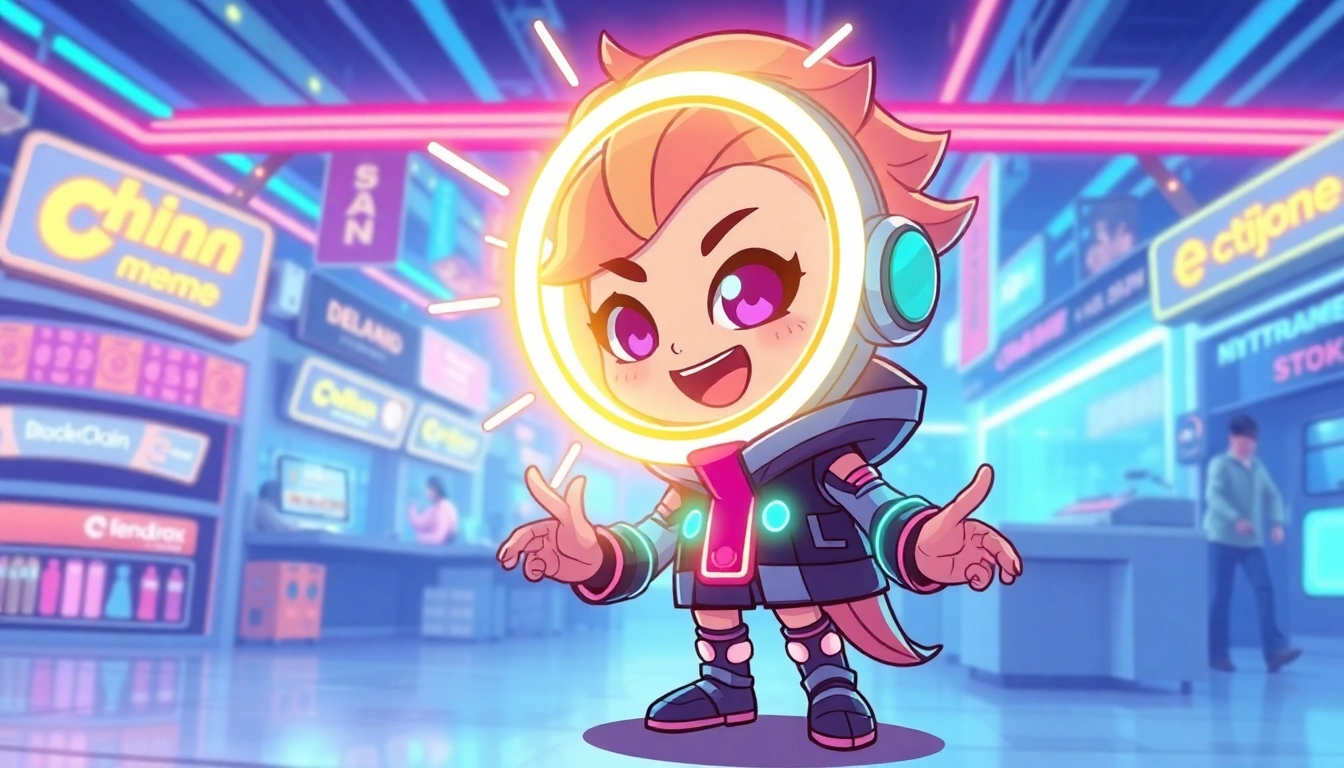
Unveiling the DILF Phenomenon: The Rise of Mature Male Attractiveness in Modern Culture
The term DILF, an acronym for “Dad/Daddy I’d Like to F*,” has transcended its colloquial origins to become a significant part of contemporary cultural discourse. While at first glance it may seem like a humorous or provocative label, the DILF phenomenon reflects broader societal shifts in how attractiveness, maturity, and masculinity are perceived and celebrated. This article explores the origins, cultural evolution, and increasing popularity of DILFs, illustrating how they have become prominent figures in media, internet culture, and even digital technology. Understanding this trend requires examining its roots in popular media, its rise through internet communities, and the changing standards of male attractiveness that underpin it.
Origins and Meaning of the DILF Term
Historical Context and Etymology
The acronym DILF originated in the early 2000s, following the viral popularity of the term MILF—”Mother I’d Like to F*.” Popularized by the 1999 film American Pie, the term MILF quickly permeated mainstream culture, becoming a staple in movies, TV shows, and internet memes. Inspired by this, DILF emerged as a counterpart, emphasizing an older, more mature male figure who exudes attractiveness and sexual appeal.
The term itself is playful and provocative, often used humorously but also as a genuine compliment. It challenges traditional notions of masculinity by emphasizing qualities such as maturity, confidence, and experience—traits that many find increasingly attractive in modern culture. Interestingly, a man does not necessarily need to be a biological father to be called a DILF; the term broadly refers to older men who embody a certain rugged or charismatic appeal.
Popular Culture and the Spread of the Term
The cultural spread of the DILF term can be largely attributed to media and online communities. Its rise was bolstered by the proliferation of internet humor, social media, and pop culture references. The term’s playful nature allowed it to become a viral sensation, with fans and creators alike adopting it to describe attractive older men in various contexts.
In movies like American Pie Presents: The Book of Love (2009), the term was explicitly introduced through characters such as Rob’s father, an archetype of the DILF figure—mature, attractive, and confident. This helped solidify the term’s association with attractive older men who possess a fatherly or protective aura, even if they are not actual fathers.
Furthermore, television shows have contributed to the DILF’s cultural recognition. For instance, in the popular Netflix series Riverdale, the character Fred Andrews, portrayed as a strong, caring, and handsome father, is widely regarded by fans as a quintessential DILF. Such portrayals reinforce the idea that attractiveness in older men encompasses a mix of maturity, stability, and attractiveness.
The Role of DILFs in Media and Entertainment
Notable Characters in Film, TV, and Video Games
The depiction of DILFs in media has evolved from mere punchlines to complex character archetypes embodying strength, wisdom, and attractiveness. Besides Fred Andrews from Riverdale, other notable characters include:
– Daddy Halsin from Baldur’s Gate: A popular video game character known for his protective, strong personality and commanding presence. Fans affectionately call him “Daddy Halsin,” equating his mature demeanor with the DILF persona.
– Rob’s father in American Pie Presents: The Book of Love: An explicit example of a DILF character, combining humor and attractiveness in a comedic setting.
– George Clooney and Idris Elba: Hollywood actors often celebrated as real-life DILFs, representing the mature, confident, and attractive male archetype.
The portrayal of such characters emphasizes qualities like physical attractiveness, confidence, and emotional maturity, which resonate with audiences seeking more nuanced representations of masculinity.
Pop Culture’s Shaping of the DILF Identity
Media has played a pivotal role in shaping the DILF identity. Unlike traditional depictions of masculinity that prioritize youth or ruggedness alone, modern portrayals embrace a multifaceted image—someone who embodies strength, wisdom, and attractiveness simultaneously. This shift aligns with changing societal standards, where maturity and confidence are increasingly valued traits.
The DILF archetype often combines rugged masculinity with emotional depth, making these characters appealing across various demographics. The rise of DILFs in pop culture signifies a broader acceptance and celebration of older men as sex symbols, challenging ageist stereotypes that equate attractiveness solely with youth.
The Internet’s Role in DILF Popularity
Social Media Accounts and Communities
The internet has been instrumental in elevating the DILF phenomenon. Platforms like Instagram, Reddit, and TikTok host communities and accounts dedicated to celebrating DILFs. One notable example is the DILFs of Disneyland Instagram account, which features images of attractive, mature men enjoying family-friendly outings at Disneyland. With over 300,000 followers, it highlights how the concept of DILFs extends beyond media into real-life admiration.
Reddit’s r/DILFs community, boasting nearly 100,000 members, provides a NSFW space for enthusiasts to share images, memes, and discussions about their favorite older male figures. These online communities foster a sense of camaraderie and celebration, normalizing attraction toward mature men.
Such platforms also serve as spaces where the perception of masculinity and attractiveness is continually evolving, reflecting broader societal acceptance of diverse expressions of male sexuality.
The Impact of Humor and NSFW Content on Mainstream Acceptance
Humor has been a key driver in popularizing the DILF term. Memes, jokes, and playful content have normalized the label, making it accessible and less taboo. Over time, this humor-driven approach has helped break down stereotypes associated with aging and masculinity.
Moreover, NSFW content and tags related to DILFs have increased search interest, particularly within adult entertainment. The term has become a widely searched keyword in pornographic contexts, illustrating its penetration into mainstream adult culture. The combination of humor, admiration, and sexual appeal creates a multifaceted perception that appeals to diverse audiences.
This blending of humor and sexuality has contributed significantly to the acceptance and proliferation of DILFs in online culture, challenging previous notions that attractiveness diminishes with age.
Why DILFs Are Increasingly Appealing
Changing Beauty Standards and Maturity
Traditional beauty standards often emphasized youth, slenderness, and a certain boyishness. However, contemporary culture increasingly celebrates maturity, experience, and confidence—traits epitomized by DILFs. The appeal of older men is rooted in their embodiment of wisdom, stability, and life experience.
As society shifts its perception, qualities like a distinguished appearance, a well-maintained physique, and a confident demeanor have become attractive markers of masculinity. This evolution recognizes that attractiveness is not solely predicated on youth but also on charisma and self-assuredness.
The Confidence and Wisdom Factor
DILFs often exude an aura of confidence and self-awareness that can be incredibly appealing. Maturity brings with it a sense of stability, emotional intelligence, and life experience that many find attractive. The confidence that comes with age can be more alluring than superficial youthful traits.
Additionally, the wisdom and perspective gained over years can translate into a more genuine and authentic presence, resonating with those who value depth and substance in their attraction.
This shift in preference aligns with broader cultural movements toward valuing authenticity and self-assurance over fleeting youthfulness.
SEO and Search Trends: DILF AI and Digital Representation
How AI Tools Are Used to Generate DILF Imagery
Advancements in artificial intelligence have opened new avenues for exploring and visualizing the DILF archetype. AI-driven tools, such as dilf ai, enable the generation of hyper-realistic images of mature men embodying the DILF persona. These technologies allow content creators, marketers, and enthusiasts to produce customized images that reflect various styles, ages, and aesthetics.
The use of AI in creating DILF imagery raises questions about digital representation, authenticity, and the future of virtual attractiveness. As AI-generated content becomes more sophisticated, it offers new ways to explore and celebrate the DILF archetype beyond real-life limitations.
The Future of Digital Content Featuring DILFs
Looking ahead, digital content featuring DILFs is poised to expand across multiple platforms. Virtual reality, augmented reality, and AI-generated videos could create immersive experiences where users interact with digital DILFs, blurring the lines between reality and virtuality.
Furthermore, as societal acceptance continues to grow, we may see more mainstream media incorporating mature male characters that embody the DILF qualities, challenging ageist stereotypes and broadening representation.
The proliferation of AI tools will also facilitate personalized content, allowing users to generate and customize images or scenarios that align with their preferences. This technological evolution signifies a future where the DILF archetype becomes more accessible, diverse, and celebrated in digital spaces.
Conclusion: Embracing a Cultural Shift Toward Mature Male Attraction
The rise of the DILF phenomenon reflects a broader cultural shift towards embracing mature male sexuality and attractiveness. From its origins in pop culture and internet communities to its portrayal in media and the influence of digital technology, the DILF archetype embodies qualities that resonate with modern values—confidence, wisdom, and authenticity.
As society continues to evolve, so too will perceptions of attractiveness, moving away from narrow standards and embracing a more inclusive, nuanced view of masculinity. The expansion of online communities, media representation, and AI-driven content underscores a collective appreciation for the appeal of mature men.
Understanding this phenomenon offers insight into changing societal norms and highlights the importance of celebrating diversity in attractiveness. As the digital landscape evolves, so will the ways in which we perceive, represent, and celebrate the enduring appeal of DILFs, ultimately contributing to a more inclusive and accepting view of male attractiveness at all ages.
For those interested in exploring further, the dilf ai tools and communities exemplify how technology and culture are intertwined in shaping this modern archetype. The DILF phenomenon is not just a fleeting trend but a reflection of a society increasingly valuing maturity, confidence, and authenticity in male attractiveness.




